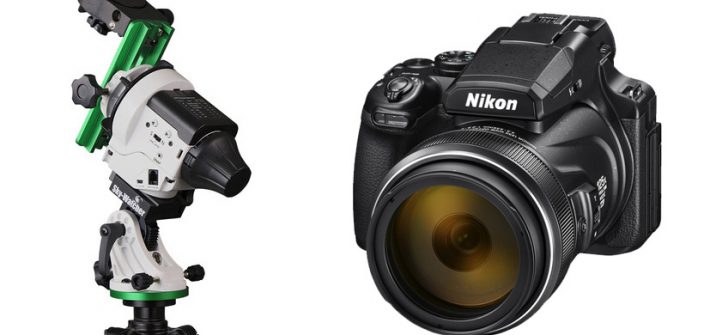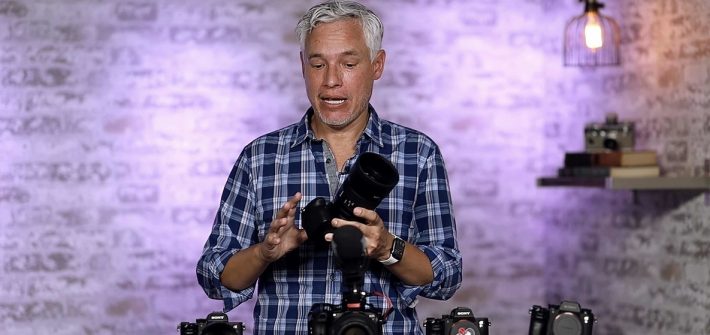There are literally thousands and thousands of 35mm film cameras that have been produced over the last 100 years or so, and more are being manufactured even now. However, there’s one camera that sits at the top of the tree, at least for me.
![]()

Aside from the Perseid meteor shower, the summer hype is on for viewing Saturn. Indeed, Saturn is a great target for visual observers, especially if it’s your very first view through a telescope. But for astrophotographers, it’s a tough target. A bit of an easier target is Jupiter, which is “following” Saturn across the summer sky.
![]()

Sigma fans have multiple options at the 24mm focal length, both offering the traditional Sigma blend of image quality and prices that undercut first-party options. The 24mm f/2 DG DN Contemporary and the 24mm f/3.5 DG DN Contemporary offer different user experiences depending on your priorities, and this excellent video comparison will help you choose which is right for you.
![]()

Slow motion is one of the most common and powerful techniques in videography, but it has a few elements to it that can be tricky to get right without some prior knowledge. In this video, get a brilliant beginner’s tutorial on how to get your Sony camera setup for slow motion footage.
![]()

The Sony a7 IV is probably one of the best bang-for-buck cameras on the market right now. With its high-resolution 33-megapixel full frame sensor along with a slew of high-end video features, it fits the needs of professional creatives. If you’re thinking about purchasing this camera but want to know how it performs, then this video might be useful to you.

Sony cameras have long been criticized for their color science. The notion is that Sony cameras produce unflattering colors, especially for skin tones. This claim seems to be leaning towards raw files processed in Lightroom. Capture One is generally recommended, so, let’s find out which of the two software is the better option for Sony raw files.